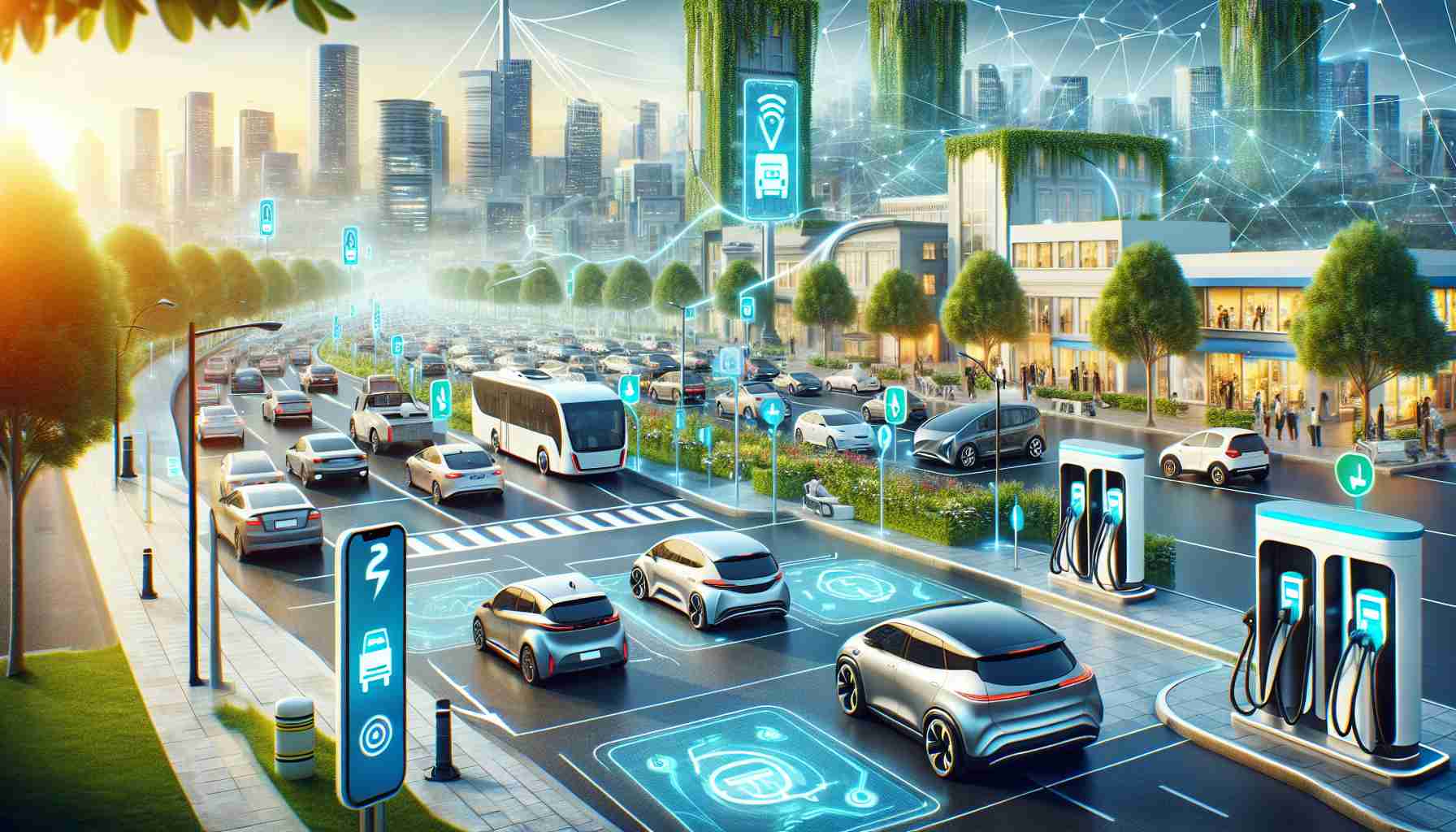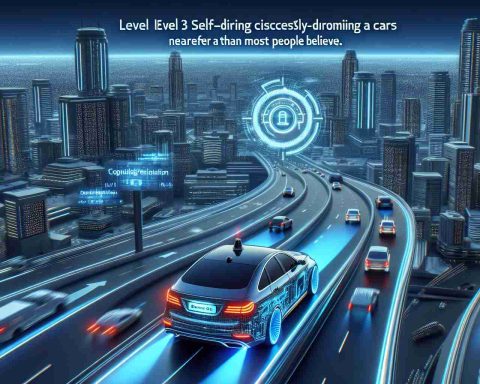India is on the verge of an automotive transformation. Prime Minister Narendra Modi recently emphasized the government’s commitment to supporting the automotive sector, aiming to position India as a top player in the global market.
During the Bharat Mobility Global Expo 2025, Modi highlighted India’s impressive economic standing as the fifth largest globally, alongside its position as the third largest in automotive production. He expressed confidence that as India’s economy grows, so too will its automotive sector, potentially leading it to become a world leader.
The Prime Minister discussed various government initiatives, including the production linked incentive (PLI) scheme, foreign direct investment in automotives, and electric vehicle subsidies. These measures, he noted, have significantly benefited both manufacturers and consumers alike.
India’s vehicle sales statistics are striking, with 2.5 crore vehicles sold annually—surpassing many countries with smaller populations. The increasing demands of the middle class, which is upgrading to modern vehicles, contribute significantly to this trend.
Improved road infrastructure over the past decade has also fueled this surge in vehicle purchases. Modi mentioned that the automotive industry has experienced a remarkable 12% growth recently, with initiatives like “Make in India” contributing to an increasing export market. Furthermore, India is embracing advancements in connected and autonomous vehicle technology.
In remembering industry pioneers like Ratan Tata and Osamu Suzuki, Modi acknowledged their roles in shaping the automotive landscape and enabling middle-class families to own cars, marking a pivotal era in India’s automotive story.
The Global Automotive Shift: India at the Helm
India’s burgeoning automotive industry carries profound implications beyond its borders. As it strives to establish itself as a global automotive powerhouse, the ripple effects will resonate throughout the diverse landscapes of society, culture, and the global economy.
In terms of economic impact, India’s ascendance in automotive production could redefine global supply chains. Currently, the nation accounts for approximately 7% of global automotive production. Increased manufacturing capabilities could bolster India’s status as a key supplier of vehicles and components, reshaping international partnerships and trade dynamics. Enhanced production could also lead to job creation, vital for a country grappling with youth unemployment.
Culturally, this transformation reflects the aspirations of a rapidly urbanizing population that views vehicle ownership as a symbol of progress and independence. As Middle-Class families transition to modern vehicles, societal norms regarding transportation and mobility are evolving, leading to greater emphasis on sustainability and technological integration.
However, the environmental implications cannot be overlooked. With the push towards electric vehicles (EVs), India faces the dual challenge of scaling production while minimizing the ecological footprint. The ambitious targets for EV sales—expected to reach 30% of total vehicle sales by 2030—raise questions about sustainable sourcing of materials and infrastructure readiness.
In terms of future trends, the integration of connected and autonomous vehicle technologies may redefine transportation in Indian cities, pointing to a future where smart urban mobility systems can alleviate traffic congestion and enhance road safety. As India’s automotive sector evolves, its choices will not only shape its destiny but will likely influence global trends towards sustainability, technology, and transportation equity.
India’s Automotive Revolution: The Path to Global Leadership
Introduction
India stands on the brink of a transformative automotive revolution, buoyed by significant government support and a thriving economy. Prime Minister Narendra Modi’s recent remarks at the Bharat Mobility Global Expo 2025 shine a light on the country’s aspirations to not only bolster its automotive sector but also to emerge as a global leader.
Current Landscape and Future Potential
As the fifth-largest economy in the world and the third-largest automotive producer, India showcases impressive vehicle sales, with approximately 2.5 crore vehicles sold annually. This remarkable figure indicates the country’s growing middle class, which is increasingly upgrading to modern vehicles, thus driving demand in the automotive market.
# Key Government Initiatives
The government has introduced several initiatives to stimulate growth in this sector, including:
– Production Linked Incentive (PLI) Scheme: Aimed at attracting foreign investment and boosting local manufacturing.
– Electric Vehicle Subsidies: Designed to promote sustainability and accelerate the transition to electric mobility.
– Foreign Direct Investment (FDI): Opened avenues for global automotive players to invest in India, enhancing technology transfer and innovation.
These measures not only support manufacturers but also benefit consumers by making vehicles more accessible and affordable.
Automotive Growth Statistics
India’s automotive industry has reported a 12% growth recently, attributed to improved road infrastructure, favorable government policies, and market demand shifts. The “Make in India” initiative has strengthened the export potential of Indian-made vehicles, positioning the country as a key player in the global automotive supply chain.
Technological Innovations
In addition to traditional vehicle manufacturing, India is embracing cutting-edge technologies. The rise of connected and autonomous vehicles indicates a shift toward future mobility solutions, aligning with global trends in automotive technology.
Industry Insights: Pioneers and Contributions
Prime Minister Modi paid tribute to industry visionaries like Ratan Tata and Osamu Suzuki, acknowledging their significant contributions to shaping modern automotive ownership in India. Their efforts have empowered countless middle-class families to own vehicles, marking a significant milestone in the country’s automotive narrative.
Pros and Cons
# Pros:
– Strong government support: Creates a conducive environment for growth.
– Vast market potential: With a large population and emerging middle class.
– Diverse investment opportunities: From traditional vehicles to electric and autonomous technologies.
# Cons:
– Infrastructure challenges: Despite improvements, certain areas still lack adequate transport facilities.
– Regulatory hurdles: Foreign companies may face bureaucratic challenges.
– Environmental concerns: Increased vehicle sales raise questions about sustainability and pollution.
Conclusion
India’s automotive sector is on a trajectory toward significant growth and innovation, driven by government initiatives, technological advancements, and a booming market. As the nation positions itself as a future leader in this industry, the convergence of tradition and modernity will shape the country’s automotive landscape for years to come.
For further updates on India’s automotive initiatives and sector growth, visit India Government Portal.














